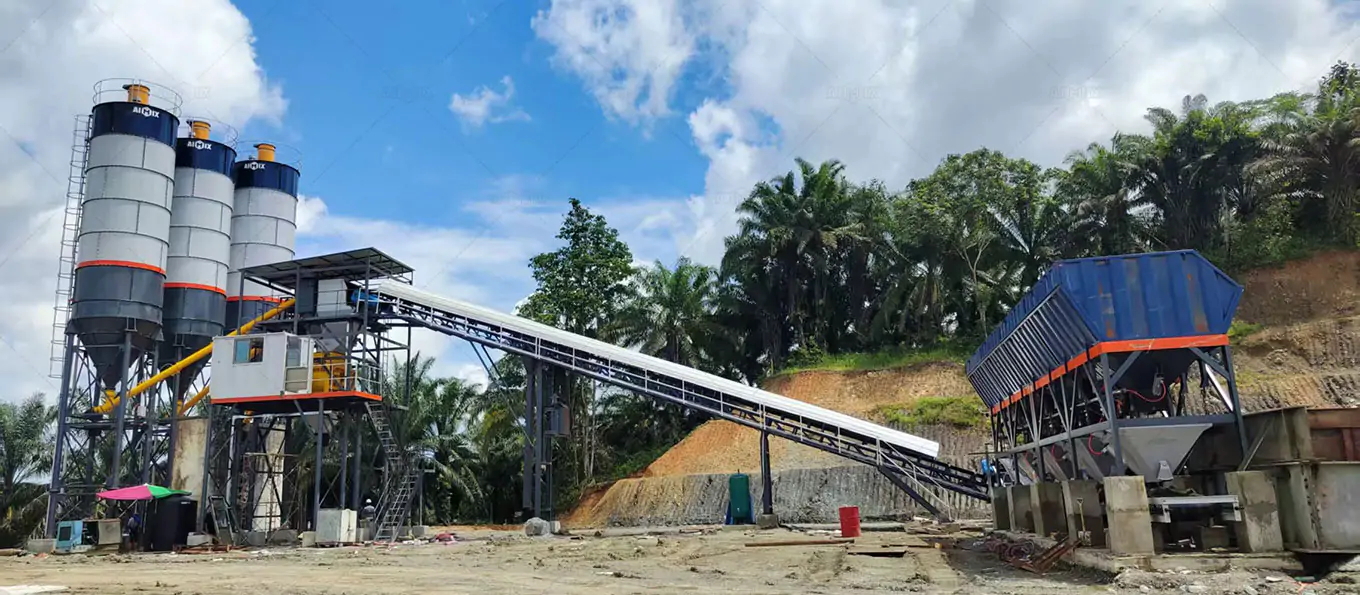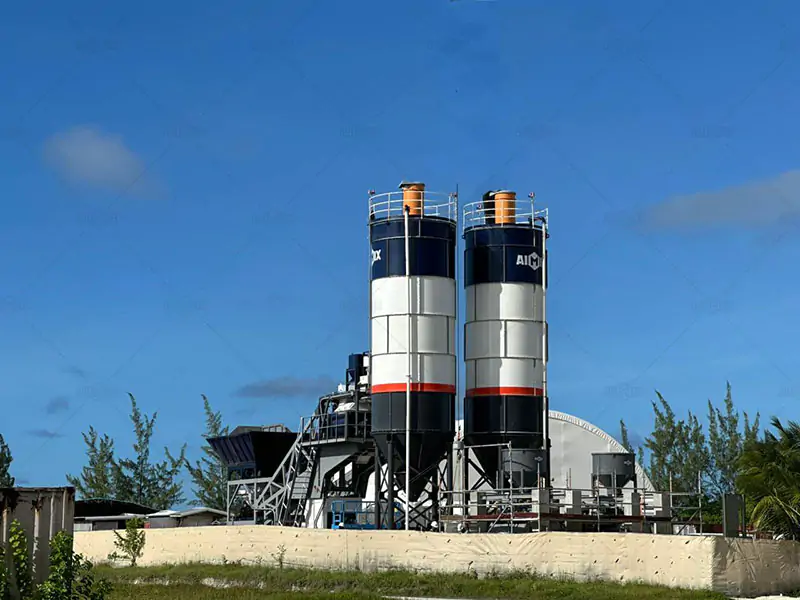The Middle East's skyline, a symphony of cranes and emerging towers, tells only half the story. Beneath this vertical ambition lies a critical, often overlooked enabler: a rapidly expanding network of ready-mix concrete (RMC) plants. This infrastructural bedrock is not solely a function of market demand; it is increasingly the direct result of deliberate and visionary government policy. National development frameworks, economic diversification agendas, and ambitious urban megaprojects are coalescing to create an unprecedented investment climate for batching plant operators.
Far from being passive observers, regional governments are actively architecting the future of construction through regulatory reform, fiscal incentives, and giga-project catalysts. These initiatives are systematically dismantling barriers to entry while simultaneously guaranteeing long-term demand, creating a virtuous cycle of investment and development. The concrete mixer truck has become, in essence, a mobile symbol of national progress. This analysis examines the primary governmental drivers transforming the Middle East's RMC sector into a premier investment destination.
Visionary National Development Frameworks
Economic Diversification and Industrial Strategy
At the heart of this surge are plans like Saudi Arabia's Vision 2030 and the UAE's Centennial 2071, which explicitly target reduced hydrocarbon dependence. These blueprints prioritize massive domestic construction, positioning local RMC production as a strategic industrial activity. Governments are offering substantial incentives, including tax holidays, subsidized energy rates for industrial users, and preferential lending rates for plant acquisition. The strategic objective is clear: to create a self-sufficient, high-quality construction materials ecosystem that can support decades of development without reliance on imported concrete, thereby retaining capital within the national economy.
Regulatory Standardization and Quality Mandates
A significant governmental push towards stringent, nationally mandated quality standards is compelling industry-wide modernization. Outdated mixing practices are being phased out in favor of certified
ready mix concrete plants that can consistently deliver high-specification mixes like self-compacting and fiber-reinforced concrete. This regulatory elevation protects national infrastructure investments by ensuring building longevity and safety. For investors, it creates a premium market segment; those who invest in advanced computer-controlled batching systems and quality control laboratories are rewarded with eligibility for lucrative government tenders that are off-limits to non-compliant providers.
Giga-Projects as Direct Demand Catalysts
Urban Megaprojects Guaranteeing Consumption
Government-sponsored giga-projects are the most potent demand-side driver. NEOM, The Red Sea Project, and Qiddiya in Saudi Arabia, along with Dubai's Urban Plan 2040, are not merely construction sites—they are voracious consumers of concrete. These projects provide RMC investors with something exceedingly rare: long-term demand visibility. Securing a contract to supply a multi-year phase of such a project guarantees plant utilization rates, making capital expenditure calculations far more secure and attractive to financiers.
Infrastructure Expansion and Logistics Corridors
Concurrent with new cities, governments are funding expansive transportation networks—new ports, railways, and highways—that serve a dual purpose. These projects consume vast quantities of concrete for their own construction. More importantly, once completed, they dramatically improve the logistics and distribution radius of RMC plants. A new highway network allows a single, strategically placed plant to efficiently serve multiple development sites across a wider area, improving the return on investment for each facility and optimizing the entire supply chain.
Sustainability Mandates Shaping Investment
Green Building Codes and Circular Economy Policies
A growing layer of government influence comes from sustainability directives. The UAE's Estidama and similar green building codes across the GCC mandate the use of concrete with specific environmental properties, such as mixes incorporating supplementary cementitious materials (SCMs) like fly ash or slag. This is driving investment in a new generation of
wet mix concrete plant equipped with advanced material handling and precise dosing systems to produce these specialized, eco-friendly mixes. Investors are thus channeled towards modern, efficient technology that aligns with national sustainability goals, future-proofing their operations against increasingly stringent environmental regulations.
The confluence of these powerful governmental forces has transformed the RMC sector from a passive industry into a strategic priority. Investment is no longer a simple bet on construction growth; it is an alignment with a clear, state-directed national vision. For astute investors, understanding this policy landscape is as crucial as analyzing the financial models, for it is here that the true foundation of future profitability is being poured.


